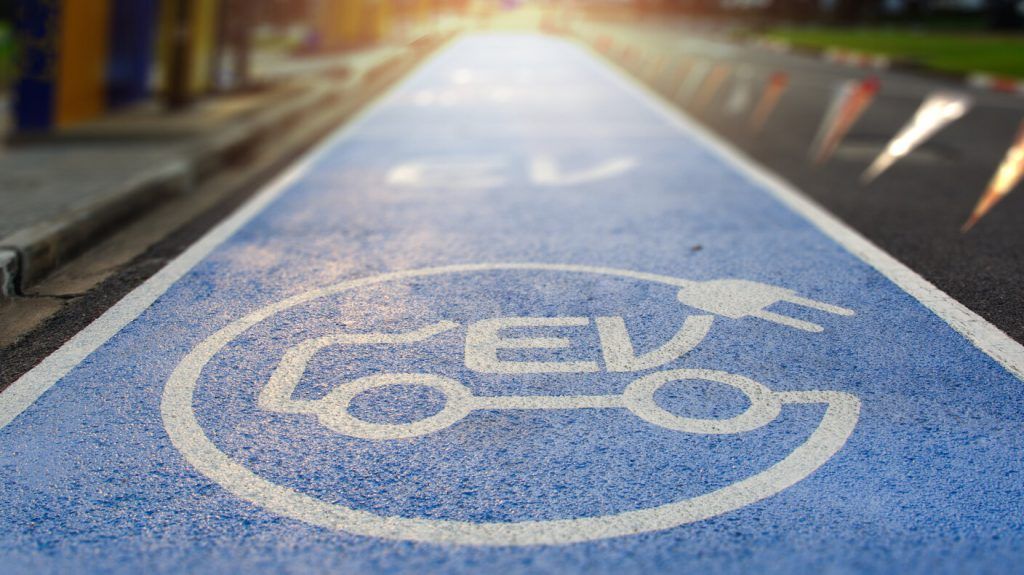Engineering services company, Ricardo, is to support a project led by Coventry City Council, working alongside electricity distribution network operator WPD, to investigate dynamic wireless power transfer solutions for EVs.
The project is funded through the Ofgem Network Innovation Allowance mechanism.
The study will consist of research and data modelling to assess the feasibility of dynamic wireless charging in Coventry and the potential for it to become the first real-world demonstrator.
Ricardo will undertake the project management and technical review of the project activities and outputs on behalf of WPD.
Led by Coventry City Council and WPD, the 11-month study will include Cenex, Coventry University, Hubject, Midlands Connect, National Express, Transport for West Midlands, and Electreon.
The results will assess the electrical impact and requirements of the technology on the distribution network, look at the feasibility of dynamic wireless charging and help forecast the uptake in Coventry and throughout the UK.
The study will also look at specific opportunities for a future demonstrator to be implemented in Coventry to demonstrate the real-world operation of the technology and how to address potential challenges.
Denis Naberezhnykh, Technical Director at Ricardo, said: “This technology allows electric vehicles to charge their batteries or be powered directly, while being driven, and would allow vehicles with demanding duty cycles to switch from petrol or diesel to being electric. This could be a game-changer as the automotive industry looks for ways to reduce its dependency on fossil fuels and indicates just how important this project is.”
Steven Pinkerton-Clark, WPD’s Innovation & Low Carbon Network Engineer, said: “This project will assess the technology’s potential to support decarbonisation of transport and meeting UK Net Zero targets. The study will look at developing an understanding of how this technology can be connected to the electricity network and aims to minimise network reinforcement costs, while enabling the connection of low carbon technologies to benefit our customers.”
Image: Shutterstock








